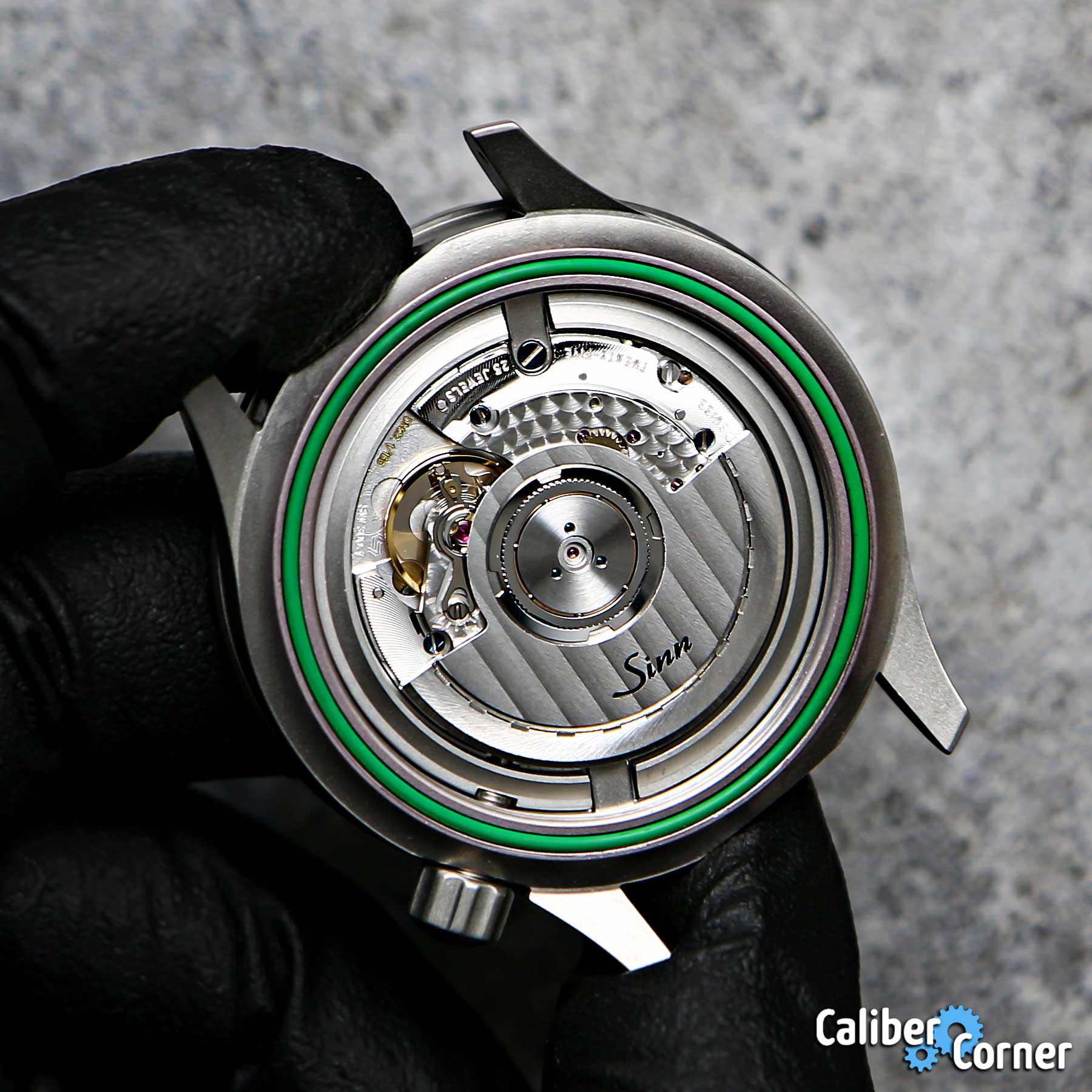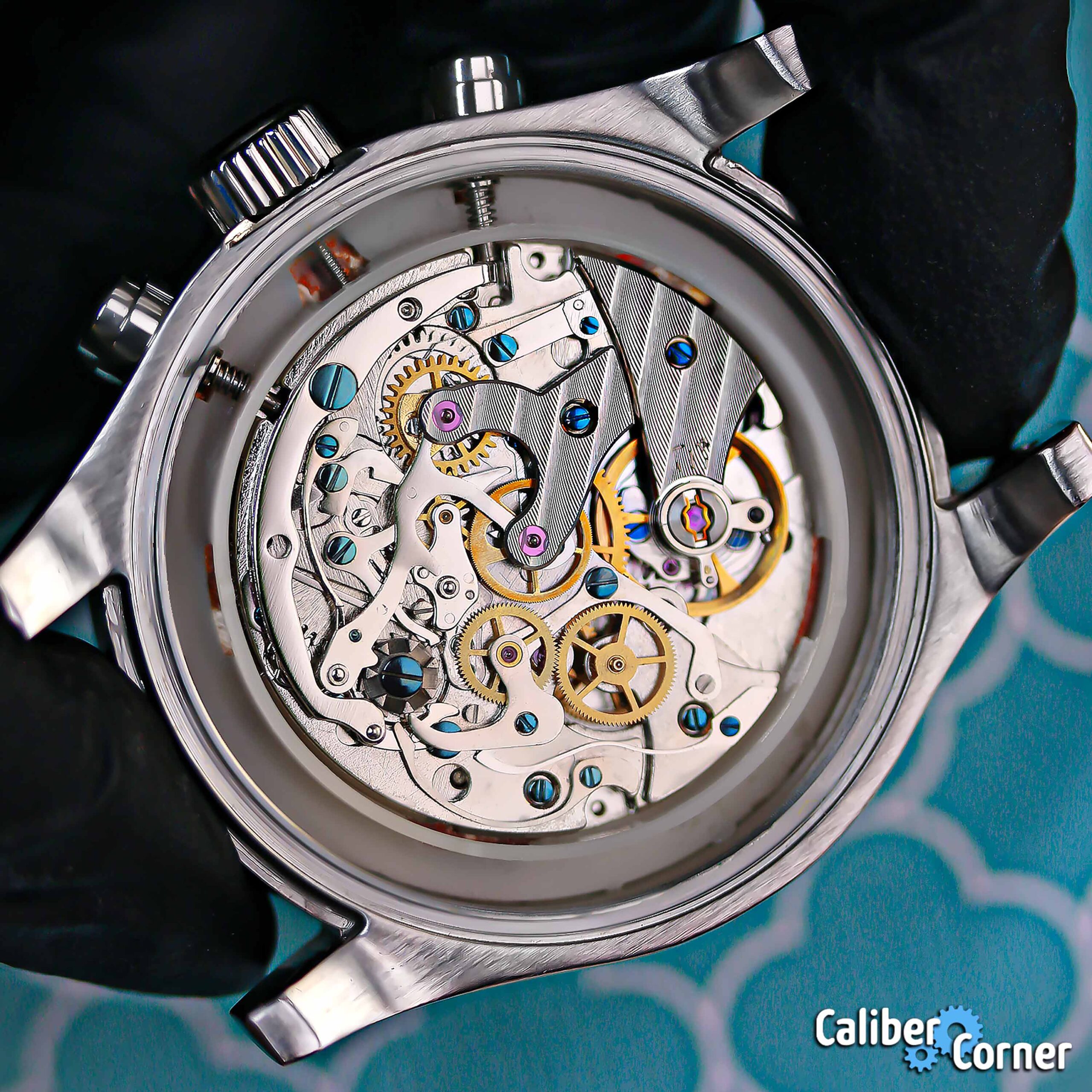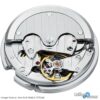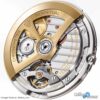A Viton gasket is a type of O-ring or seal used in some watches – usually deep dive watches or other types of tool watches. Viton watch gaskets are usually recognizable by their green color.
Some of the topics covered in this caliber listing:
What is Viton?
“Viton” is a trademarked brand name for a fluoroelastomer made by DuPont. It is not the only brand of fluoroelastomer, just like Kleenex isn’t the only brand of tissues.
Fun Fact: Apple Watch straps are made from fluoroelastomer, the same material used to make a Viton gasket.
Green Colored Gaskets?
Although Viton watch gaskets are recognizable by their green color, the material is also available in black, brown, yellow and white. With that said, just because a gasket is green doesn’t mean it is really a Viton product. Be careful of seals being sold as Viton when they may be made from something else. As this site says:
“It is never safe to assume an o-ring is a specific material based on the color alone.”
But why is it green?
This engineering forum has some interesting answers to that question. In summary:
“If the vendor claims that the material is still Viton and has a hardness of 70 durometer, the rubber probably is and does. Color is either a result of an additive, enabling identification of compounds; or a result of a required element of the mixture. The main example is the color black, which results from the addition of carbon into the mixture. The carbon black increases the chemical resistance of the rubber. For this reason the main difference in the different colors of the “same” rubber is the chemical compatibility. Note that this compatibilty change may be minimal for certain applications. If you have an extreme application, verifying that the brown Viton will work in the application is not a bad idea. For this reason, color (especially if the compatibility of black rubber is required) should be a part of your purchase specification.”
It would be interesting to hear some brand owners chime in on how they sourced their Viton seals and if any of this technical information was explained to them by their gasket vendor.
“Green is the color of choice in Europe for color coding viton, whereas brown is the color in the US. Black is the normal color to be used and in fact offers the optimum performance. The color coding is used when the equipment manufacturer is concerned that the user may elect to change seals on their own and replace a black seal with NBR or EPR resulting in a liability issue. Viton is not available in just one grade. There are several grades available which accentuate one or two properties, at the sacrifice of other properties. As you increase the fluorine content you improve chemical compatibility, but sacrifice properties such as compression set. You should describe your application to your seal supplier and have your options explained to you.”
With the above post, it all starts to make sense. Green is the color choice of Viton seal in Europe, which is presumably where watches first started using the material for watch gaskets (read below).
Viton VS Silcone VS Nitrile:
In this O-Ring Chemical Compatibility guide, Viton is described as:
“The Viton® A is a fluoroelastomer dipolymer comprised of vinylidene fluoride and hexafluropropylene. Provides good chemical resistance to petroleum products and solvents. Avoid polar solvents, amines, anhydrous ammonia, hydrazine and hot acids.“
Regular silicone:
“Excellent material for extreme temperatures. Very good with ozone and UV radiation. Avoid chlorinated solvents, aliphatic andaromatic hydrocarbons and petroleum oils. Silicone is generally permeable to gases.”
Buna-N (nitrile):
“Also know as nitrile rubber and is a synthetic blend of acrylonitrile and butadiene. Generally resists fuels and oils. Avoid highly polar solvents such as acetone, MEK, etc.. and direct exposure to ozone and sunlight.”
Use of Viton seals in watches:
Viton was introduced in 1958 (source), so it’s possible that various watch brands have been using it for gaskets unbeknownst to the enthusiast community. It may be possible to trace some of the earliest use of Viton-like seals back to Seiko, although more confirmation is needed that they used gaskets made specifically from Viton brand materials.
As for what is known with certainty in regards to watch brands using genuine green Viton gaskets, the first brand that comes to mind is Sinn. Sinn’s Ar-Dehumidifying Technology was introduced in 1995, and their HYDRO oil-filled quartz watches were introduced in 1996 (source). These are two examples that make sense to use Viton gaskets, especially the oil-filled watches since a Viton-like seal would ensure resistance to degradation potentially caused by liquid used to fill the watches. Today, as Viton seals are starting to be used by newer microbrands (see list below), Sinn is still using the material as they have for years.
Pictured below: A Sinn U50 diver with a Viton seal protecting a Sellita caliber SW300-1 automatic movement.
Are Viton seals only used for the caseback?
No, Viton seals are not only used for the back of the watch. If the watch has Viton seals, they should be used an any area of the watch which can be compromised by the elements. A gasket is only as effective as the other gaskets being used. Say the caseback is Viton and the crown isn’t, what happens if the watch is exposed to conditions that are protected by the caseback seal, but able to infiltrate the crown… then using Viton on the back is pointless.
Image below: Green Viton gasket in a Sinn crown
Brands that use (or have used) Viton branded gaskets:
- Sinn
- Nodus
- TWCO
- Damasko
- UTS
- Scurfa
- RZE
- Gruppo Gamma
Does Rolex use Viton gaskets?
Rolex does not use the green color Viton gaskets, but they are said to use gaskets made from a similar material – just not the stuff trademarked by DuPont. If this is true, then it means generic Rolex gaskets are likely made from a different rubber material. If you have more specific information on this, please share below.
If you know of other brands using a Viton gasket, please add it to the comments below…
Is a Viton gasket really better?
While it’s true that the materials used to make a Viton gasket are designed to outperform other materials in certain environments, the benefits of using Viton gaskets in watches are up for debate in the watch community. Some perceive the green O-rings to be heavier duty and think that deep dive tool watches with Viton gaskets are better equipped for serious conditions; while others think it’s an unnecessary marketing ploy. Either way, it seems to make watch owners feel good when the piece is insulated with Viton. Perhaps a proper science experiment is in order!
Pros and Cons of using Viton in watches:
Pros: Can withstand extreme temperatures and conditions. Lasts longer.
Cons: More costly than traditional materials. Not as easy to find replacements.
In conclusion, while Viton is a material that is said to be able to outperform traditional silicon or rubber gaskets, the durability comes at a cost and possible inconvenience when seeking to replace the gaskets during a routine service. On the bright side, the gasket may never need to be replaced.
Additional Resources:






 network of watch sites
network of watch sites













Recent Comments
A picture on the website claims the 3032 is based on the SW330 (unclear if…
it is not about seeing it. I guess you would buy a Ferrari with a…
so that the wearer is aware of the overall beauty of the 'machine'... historically, the…
Plus tariffs, poor yanks!
Not a typo and it's for stainless steel!
This calibre is also in my Ahoi Atlantik 557 (now discontinued) 40mm watch. Many sites…
Thank you for catching that and helping to make the site better